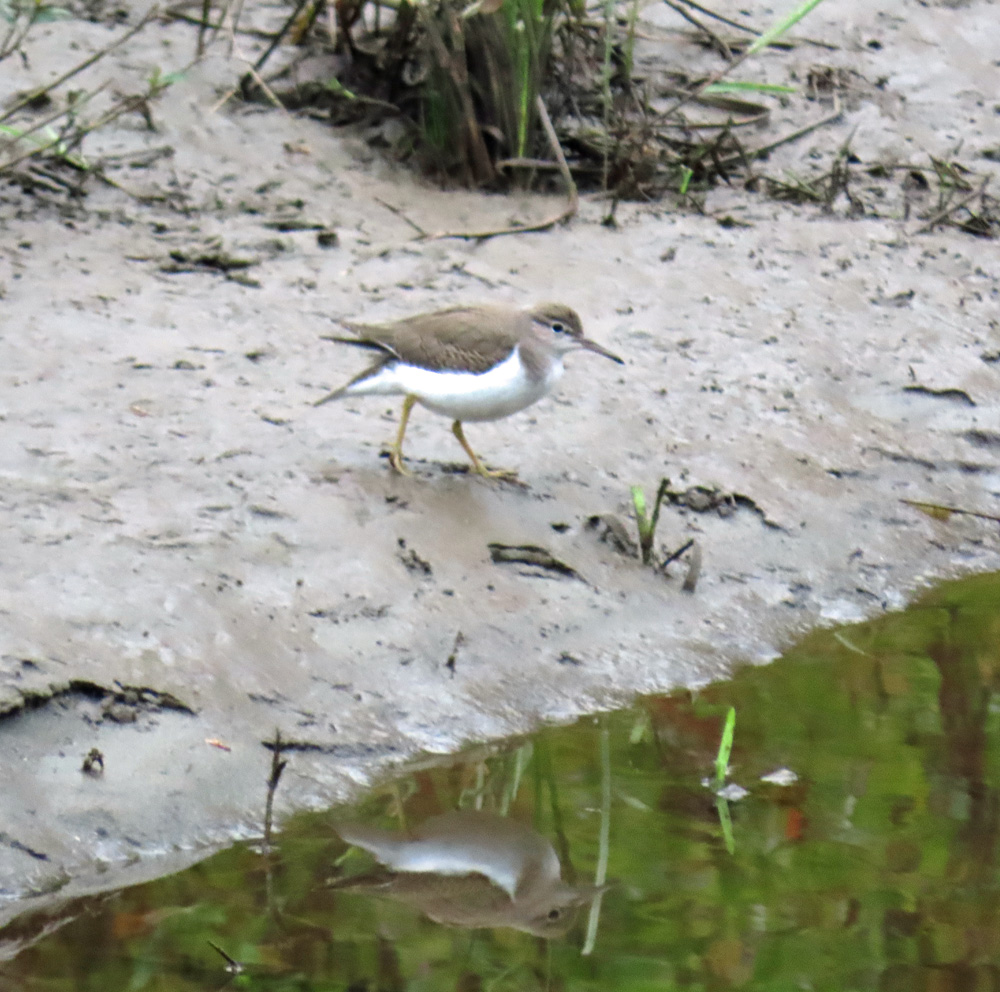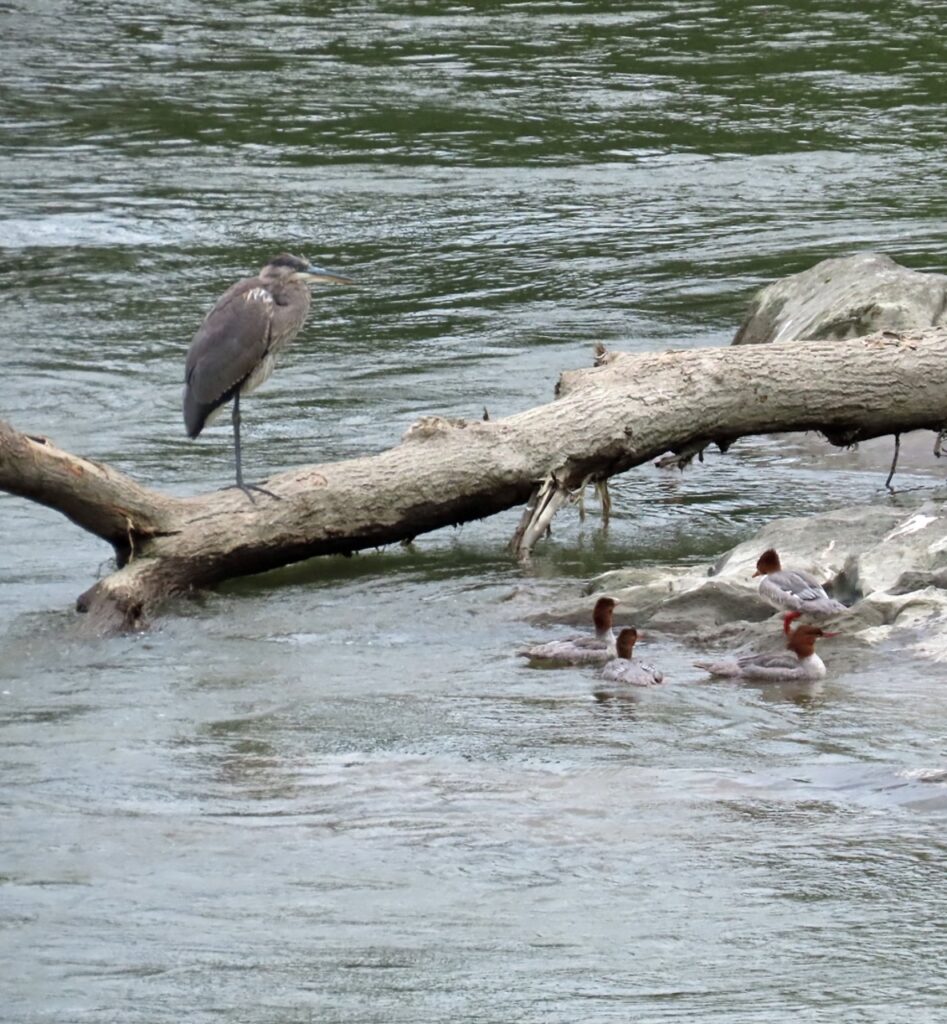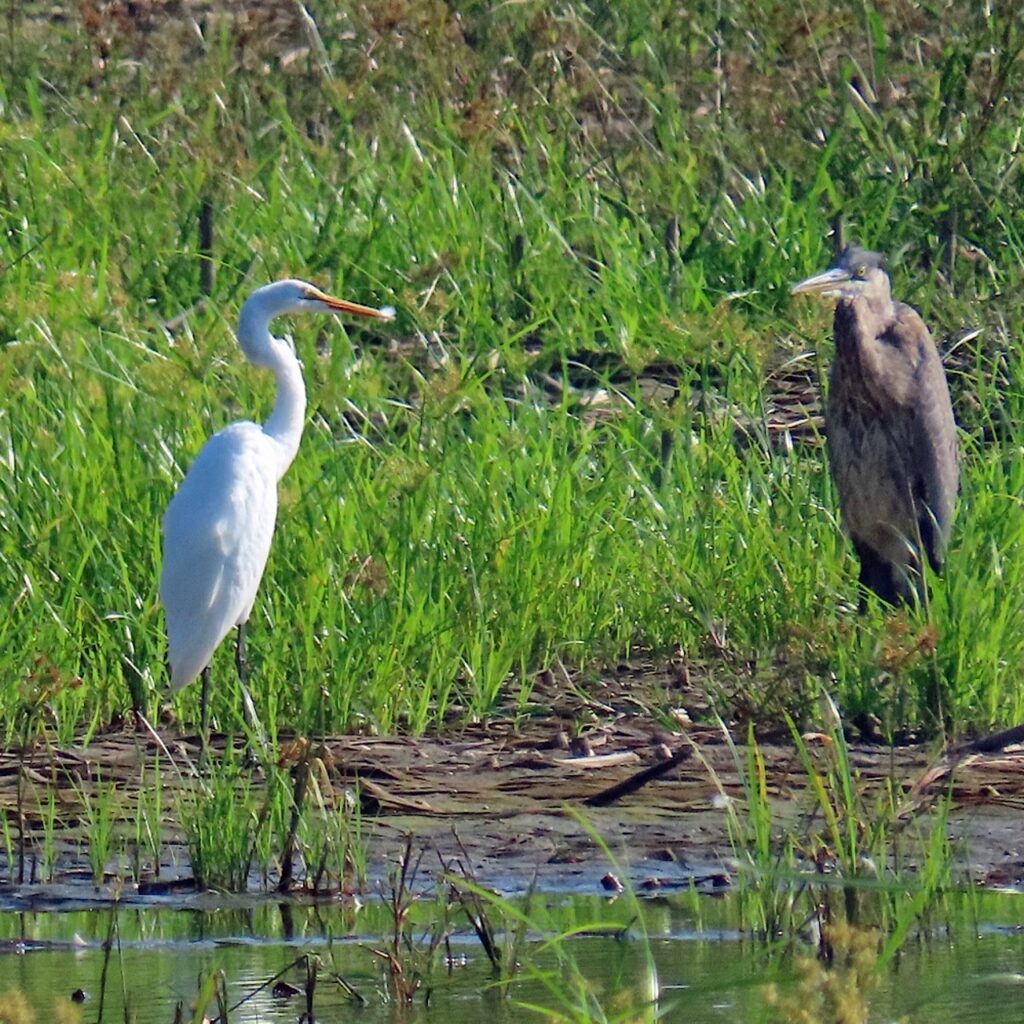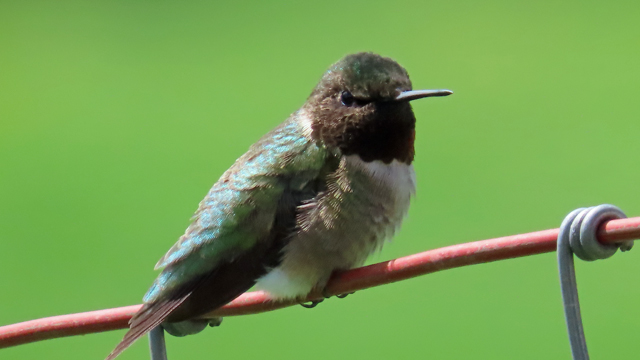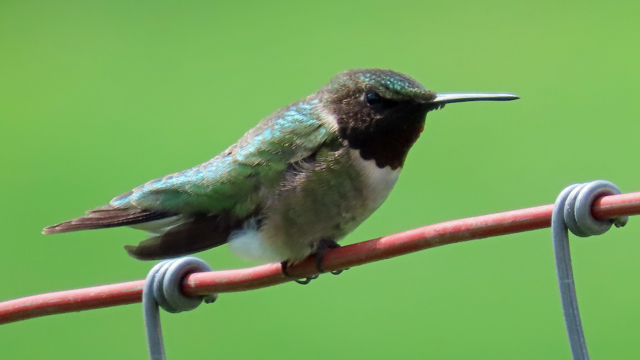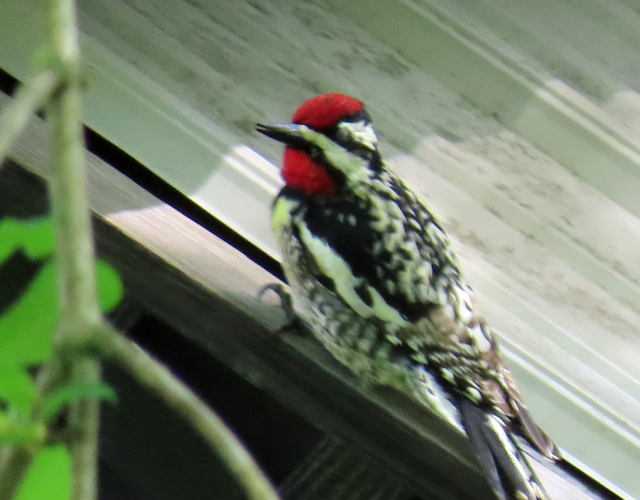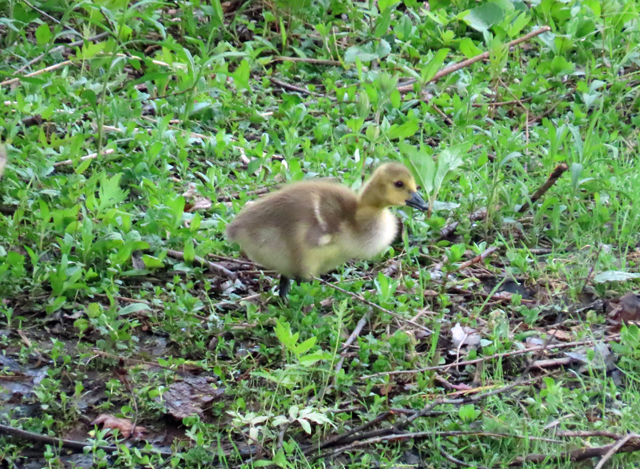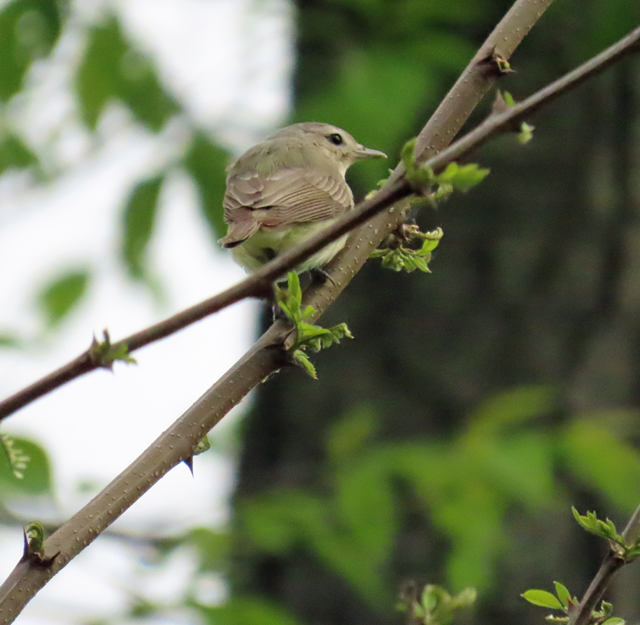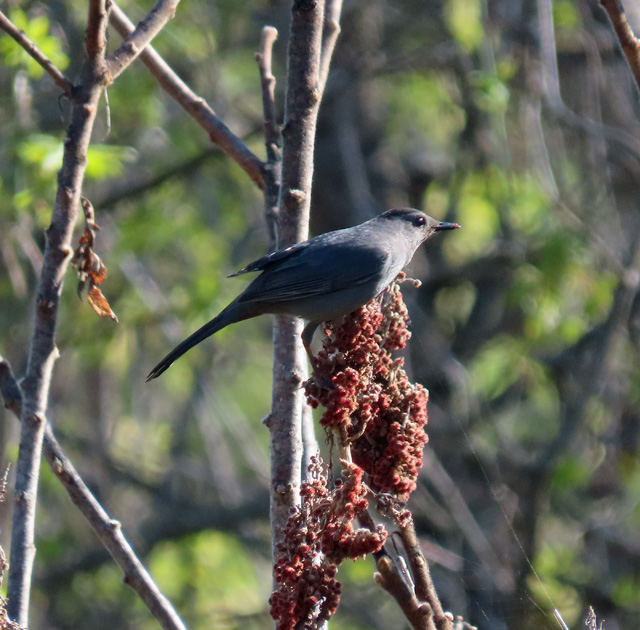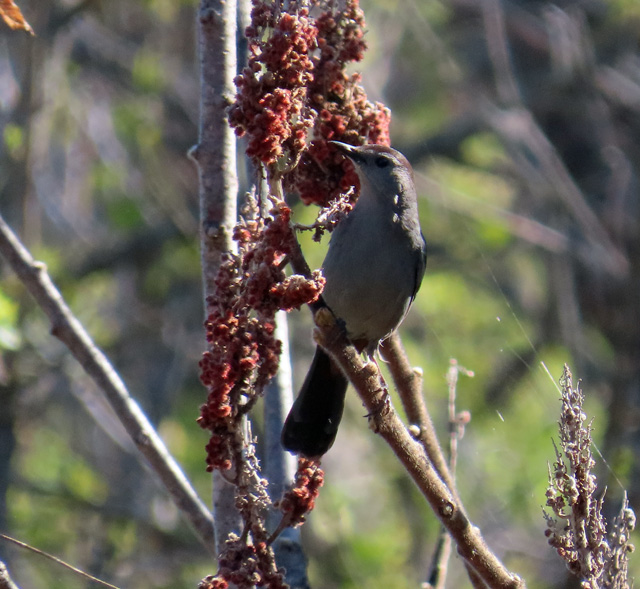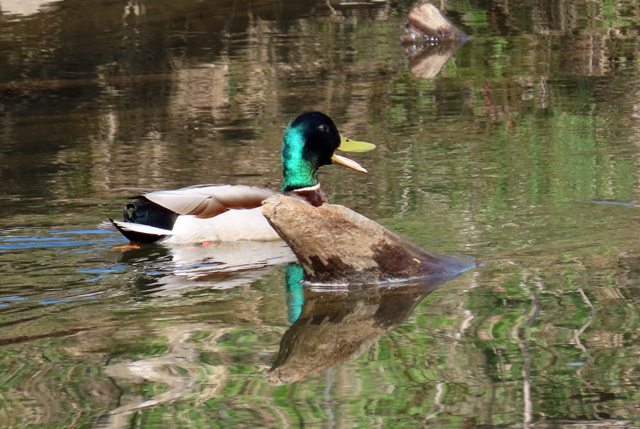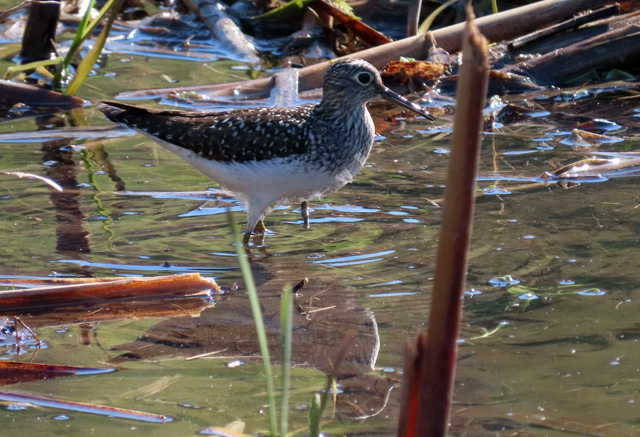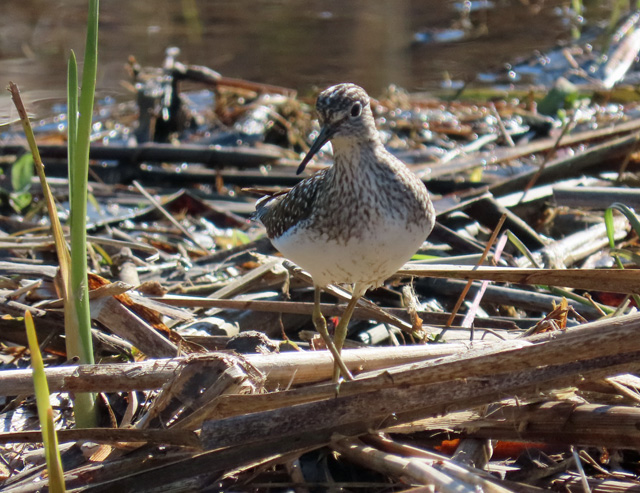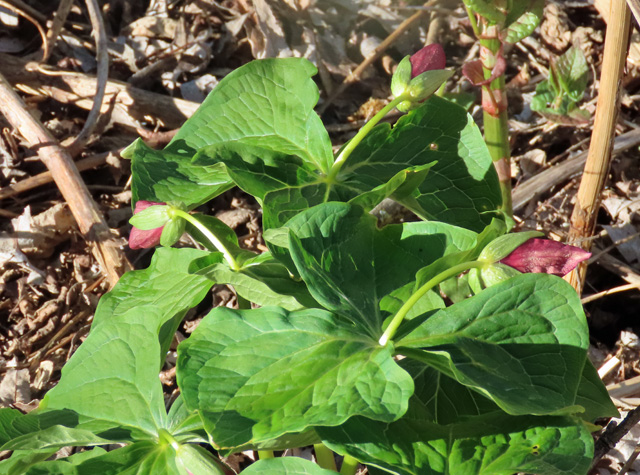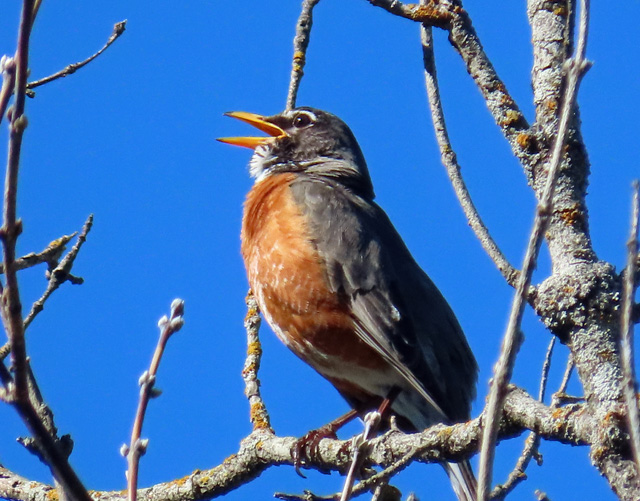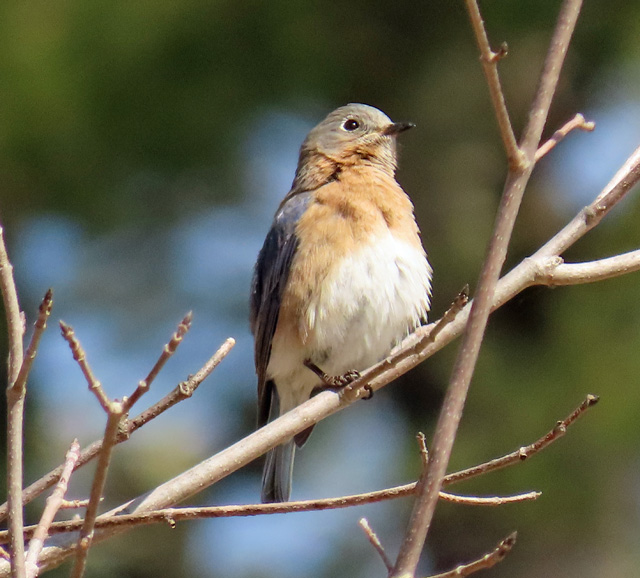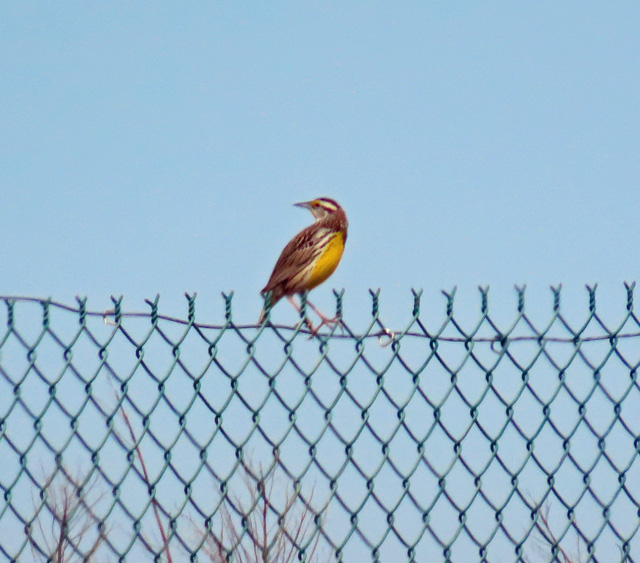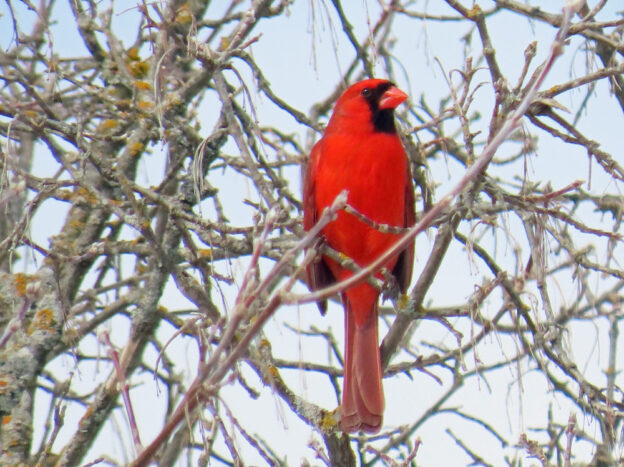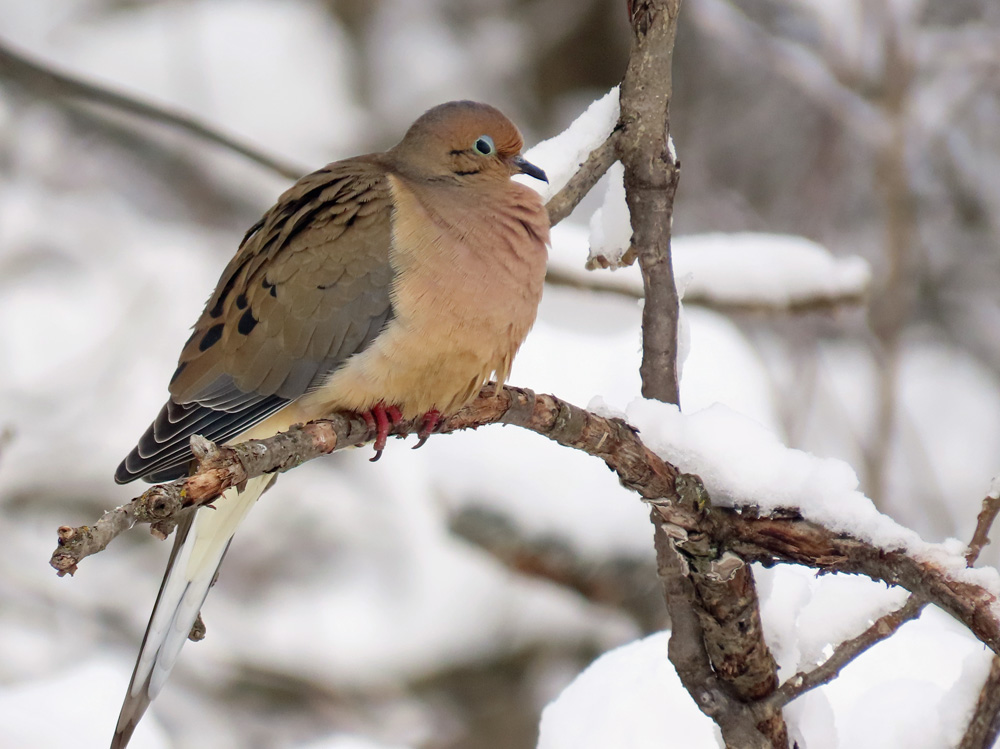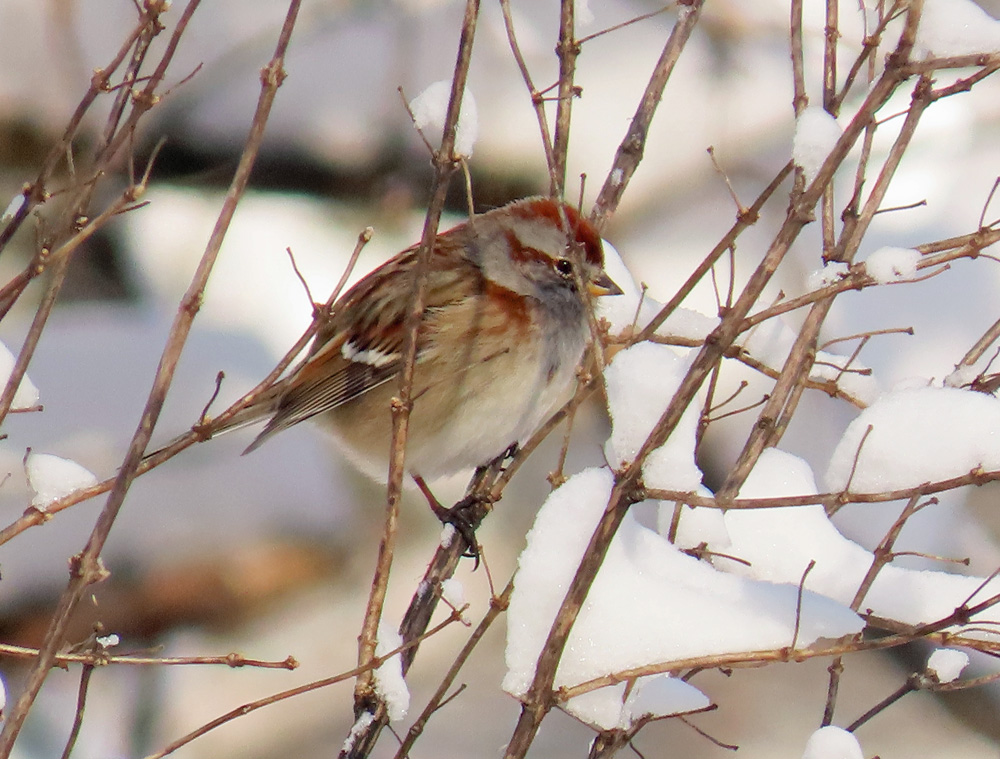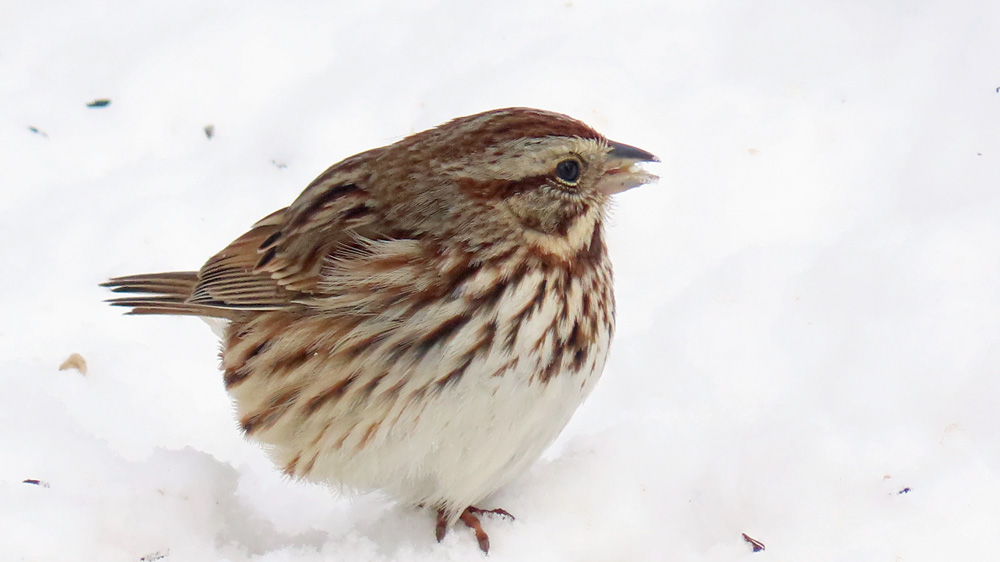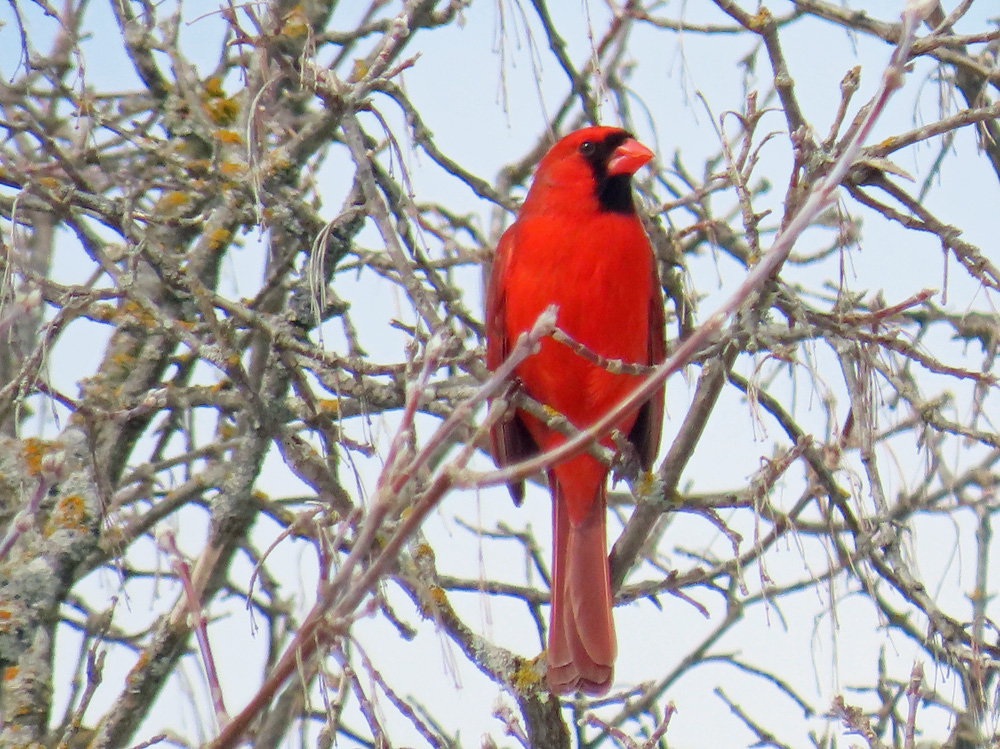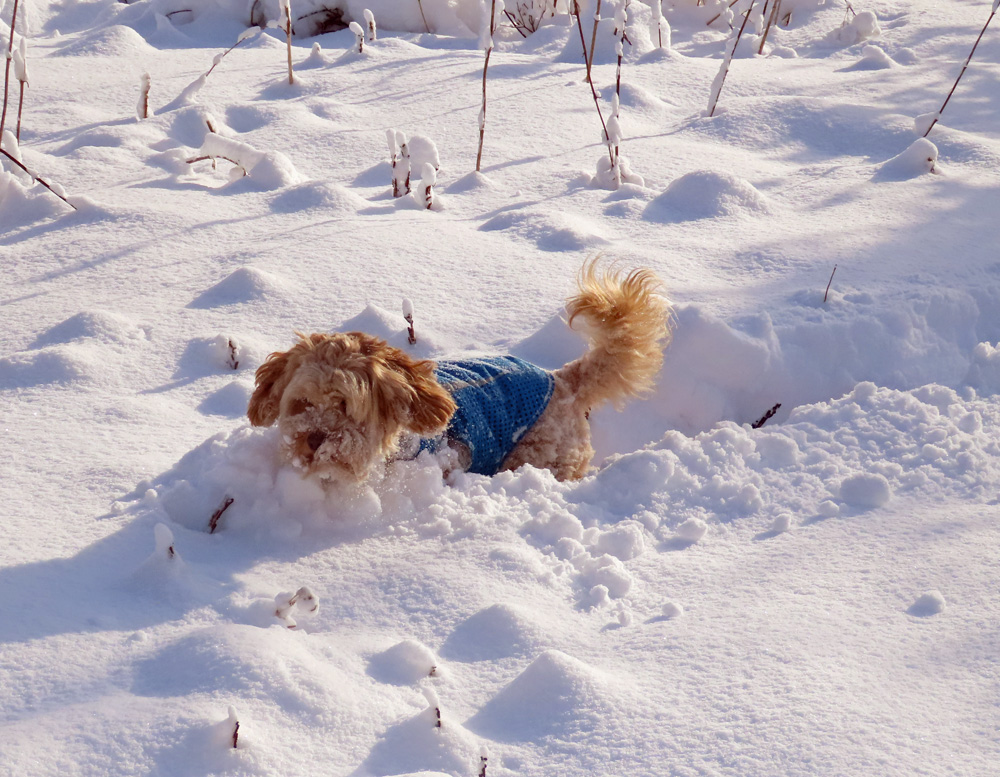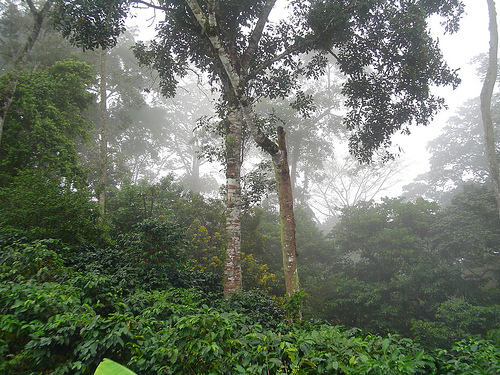Recently, I was given an old birding book by a friend who was culling her library. I have a soft spot for bird books so while my overall collection of books is shrinking, my birding books seem to be breeding.
So I have been reading A Year on the Wing by Tim Dee, a Brit with a poetic flair who writes a month-by-month chronicle of birding experiences. Some of the stories are more interesting than others but the one story that caught my attention and spurred this post had to do with a vagrant yellow-browed warbler. Dee writes:
Along a fence at the cliff edge at Klinger’s Geo, dancing before my eyes, was a yellow-browed warbler…Yellow-browed warblers breed no nearer than the Siberian taiga. The bird in front of me, almost certainly only a few weeks out of the nest, should have flown in the opposite direction to winter in the open deciduous forests anywhere from Nepal to the Malay Peninsula….
The yellow-browed warbler I saw … had made a mistake, and it is probable that no amount of nurture on Fair Isle (**where Dee was observing) could truly rescue it. Vagrancy is a death sentence. Almost all of the rarities that arrive on the island (and almost all vagrants anywhere) will have the same fate. They are wonderful treasures from far away that we cannot keep and cannot save. There is very little evidence that vagrant birds reorient themselves and correct their journeys. It seems likely that the yellow-browed warbler, having gone southwest where it should have gone southeast, would continue this aberrant direction and fly on west out over an ocean that has no refuges, no green skirts, for thousands of miles. That would be the end of it. It would soon be homeless. I was watching a lost child at death’s door.
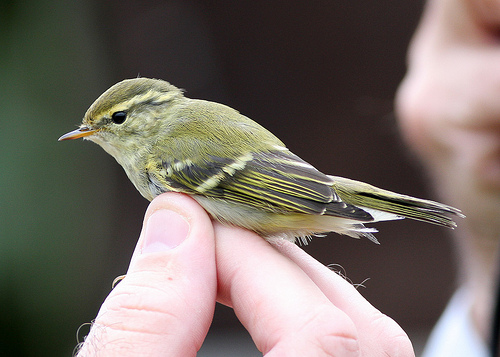
Vagrants are wonderful treasures from far away that we cannot keep and cannot save. photo of yellow-browed warbler by sussexbirder
I thought about this yesterday as I traveled to New York state to look (and not find) the rare Common Pochard that was first seen on New Year’s Day on Lake Champlain. It might be wild, it might be an escapee, but in any case, it’s a long ways from safety. The other vagrant, which I’ve not chased but tracked by reports, was the Northern Lapwing in Massachusetts. The finder wrote this post on January 2nd and expresses the mixed emotions of many birders who see rarities:
Despite a four hour vigil in Bridgewater, the Northern Lapwing was NOT seen. Hopefully it found a warm spot or decided to fly to a more hospitable environment. This would have been the bird’s 53rd day since I found it on November 12th. It brought many hundreds of people joy in its presence, from as far away as Canada, California, Hawaii. I know of people from at least a dozen states and I’m sure there were more than that. Anyway, I’m sure we all hope the bird made it to a safe place and who knows, it may turn up again!!
This joy of discovery balanced by the reality of the bird’s situation was aptly described, with humor, by Jim Mead, an active Vermont birder who found a rare Ruby-crowned Kinglet last week:
This tiny bird has already survived 2 nor’easters, many cold days and nights including the night before last with temperatures between -10 to -20 below(F degrees). It was busily feeding while flashing its ruby colored crest the entire time… as I drove off I had a few thoughts.
This bird deserves an all expense paid, First Class, one way ticket to the south! It should be served all of the fresh water that it can drink and bathe in. An employee of the airline should write a frenetic small bird menu so he can have his choice of desirable cuisine during the flight. I mean, with words like- Ruby, Crown and King in his name, shouldn’t he be treated like Royalty?
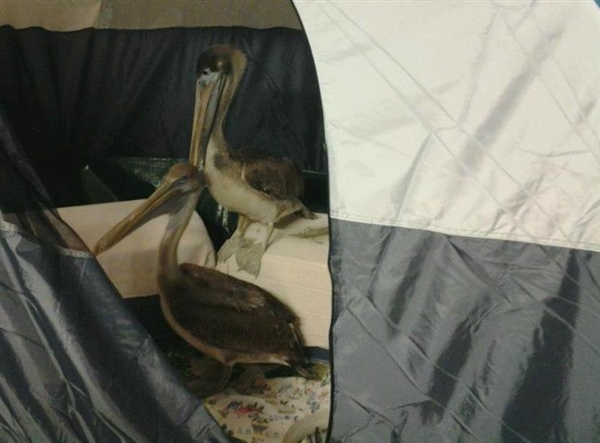
Two pelicans taken care of by the Wildlife Rehabilitators Association of Rhode Island hang out in a camping tent before being flown to Florida. photo by Wildlife Rehabilitators Association of Rhode Island
Many of us saw the news reports on the two Brown Pelicans blown north by Hurricane Sandy privately flown to Florida in November. I think, even though it is impossible to do very often, that’s the way we’d like to help the rare birds many birders chase. Let folks see them and then FedEx them to their true destination.
Sign up by RSS feed or via email to have future articles sent to you.
